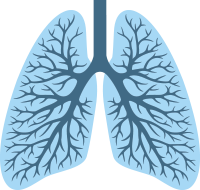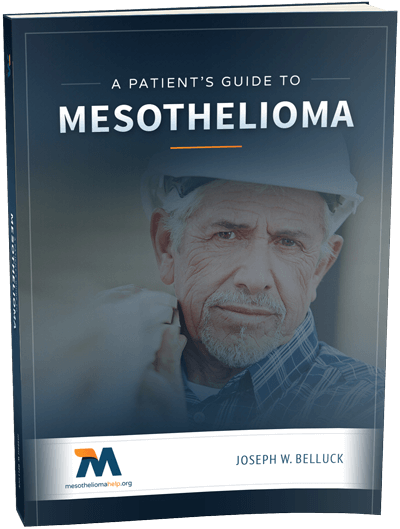Over 20 million people in the United States are at risk of developing malignant mesothelioma due to asbestos exposure, according to the University of Hawaii Cancer Center.
Further, the U.S. Centers for Disease Control and Prevention reports that an estimated 1.3 million construction and general industry American workers are potentially being exposed to asbestos.
Much of this exposure affects men and women who worked in an environment where asbestos-containing materials were processed or handled.
Most at-risk for disease are trade workers such as insulators, plumbers and pipefitters, electricians, sheet metal workers, auto mechanics, refinery and factory workers and shipyard workers.
81,300 trade workers were employed in the five boroughs in 2014, with an anticipated growth of nearly 23 percent by 2022, according to a report from the New York Bureau of Labor Market Information, Division of Research and Statistics.
The trade workers include electricians, plumbers and pipefitters, and construction workers.
These men and women not only focus on new construction, but they are called upon to update, renovate and demolish existing commercial and residential structures.
This work on buildings built prior to the 1980s, where asbestos was used in construction materials, often places them at risk of disturbing asbestos.
Once the asbestos materials are hammered, chiseled, sanded or loosened in any manner, the friable material can become airborne and, subsequently, can be inhaled leading to health risks.
However, if asbestos is managed properly, and according to regulations and safety guidelines, these workers should be safe when on the job.

